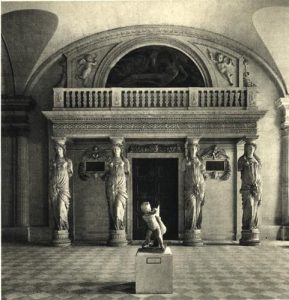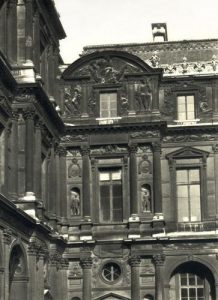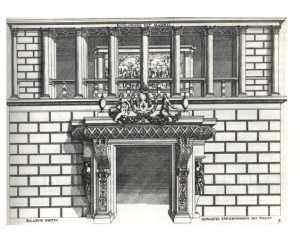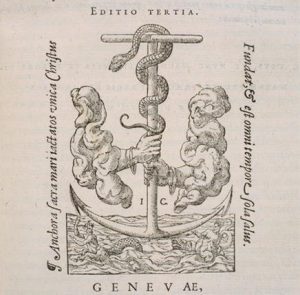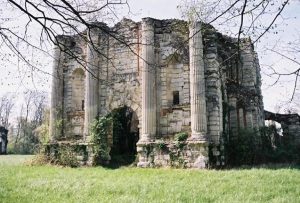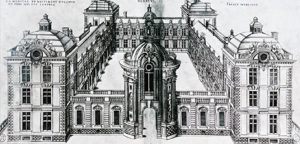Early days in Normandy
Though Jean Goujon’s place and date of birth are unknown, it is generally agreed upon that he was born around 1510 in Normandy. He was first mentioned in 1540 at the Saint-Maclou church construction site in Rouen, but he had probably started his career as a sculptor before then.
Parisian career
In 1544, he was mentioned as working on the rood screen at the Saint-Germain-l’Auxerrois church in Paris. This work is an excellent example of Goujon’s knowledge of classical antique art. The rood screen was destroyed in 1745 but its relief is kept in the Louvre Museum : La Déploration du Christ (The Virgin weeping at the foot of the Cross) and Les Quatre Evangélistes (The four Evangelists). An example of similar fluidity and outlines is to be found in the relief of the Fontaine des Innocents erected in 1549 for Henri II’s arrival in Paris. The fountain still exists but was modified in the 18th century when the bas-reliefs were removed from the bases and transferred to the Louvre museum. Goujon also made drawings for engravings depicting the royal arrival in the city. At the same time he was working on the Louvre construction site. The mannerist allegoric shapes on the South attic feature the principles of sound royal ruling, i.e. Piété et Justice (Piety and Justice) now at the Louvre Museum. The ones on either side of the opening in the attic of the so-called Henri II wing, glorify the king, i.e. La Renommée, L’Histoire, La Victoire… (Renown, History, Victory…). He also worked on the Tribune des Cariatides (Caryatids’ Tribune) in the Salle des Gardes (the guards’ room). Though imprisoned in 1552 and 1555, probably for religious reasons, Goujon was chosen as soon as he was freed as the sculptor for the Louvre royal palace. He then worked on the attic of the square courtyard. From 1556 to September 1562, he was listed annually as the sculptor appointed to the Louvre construction site.
Refuge and death in Italy
Jean Goujon probably left France towards the end of 1562, once more for religious reasons. His presence was mentioned in Bologna at the end of 1563 and early 1564. He lived on San Michele Square near San Mamolo. There is no further trace of him and the artist probably died between 1564 and 1569.

